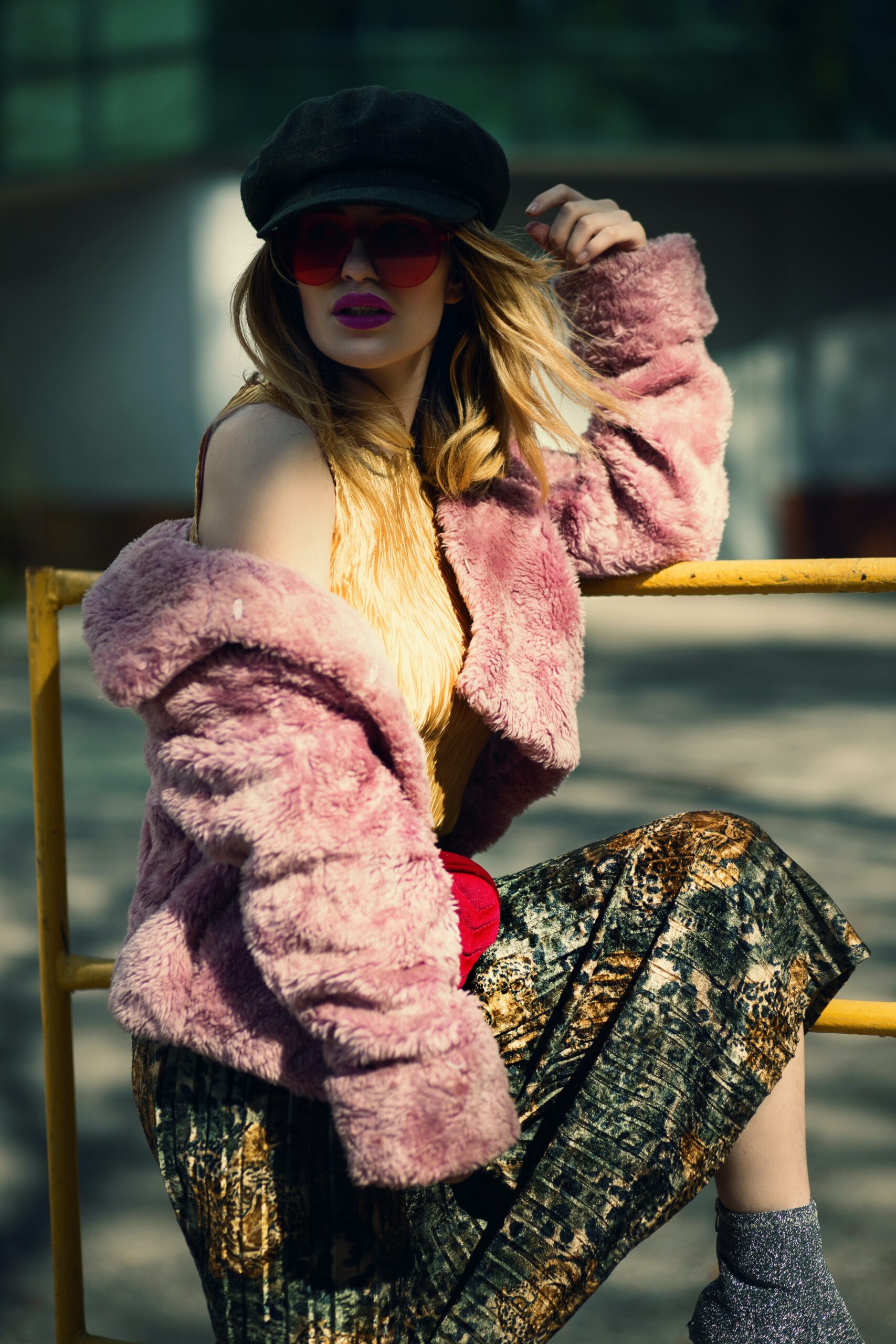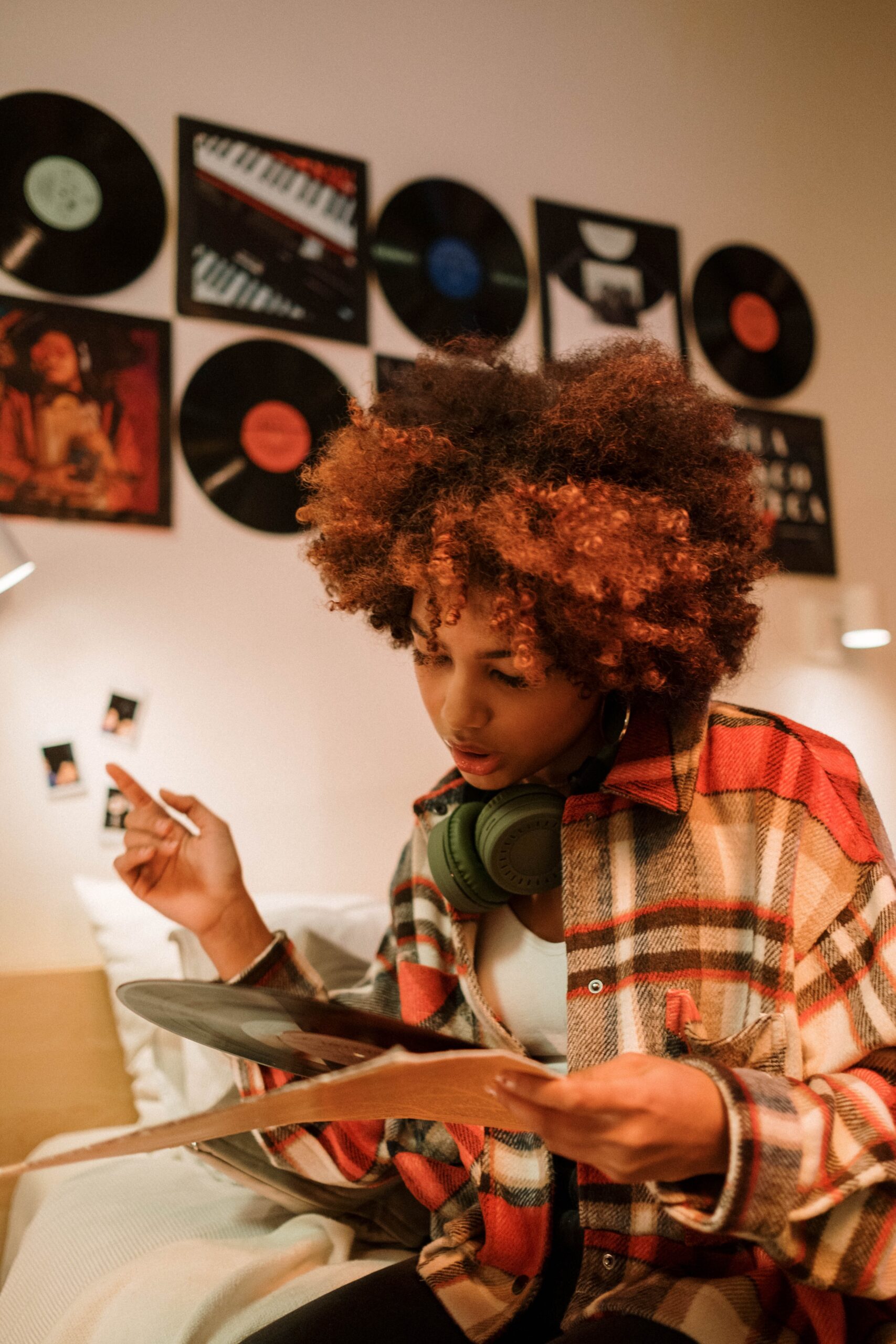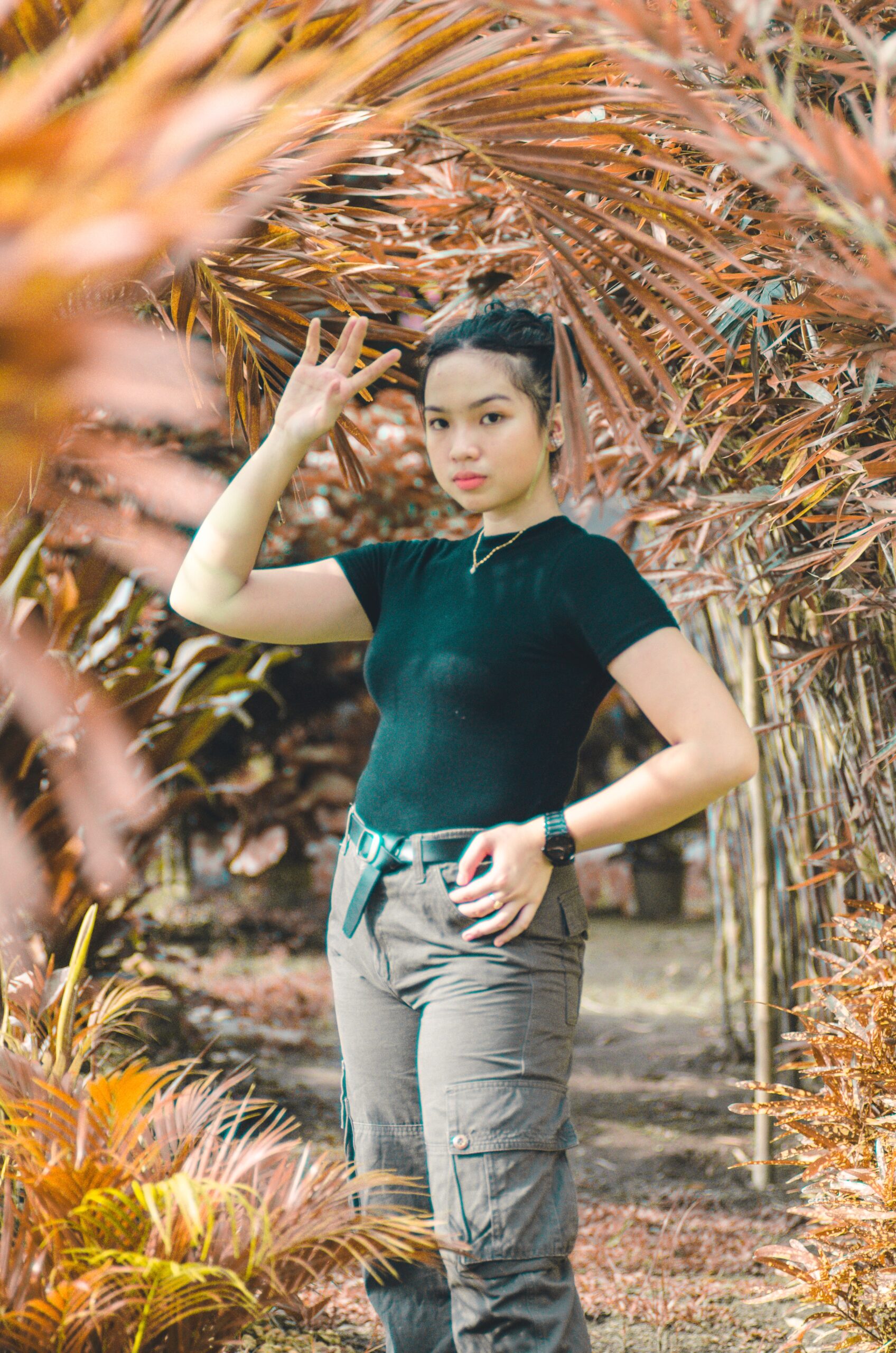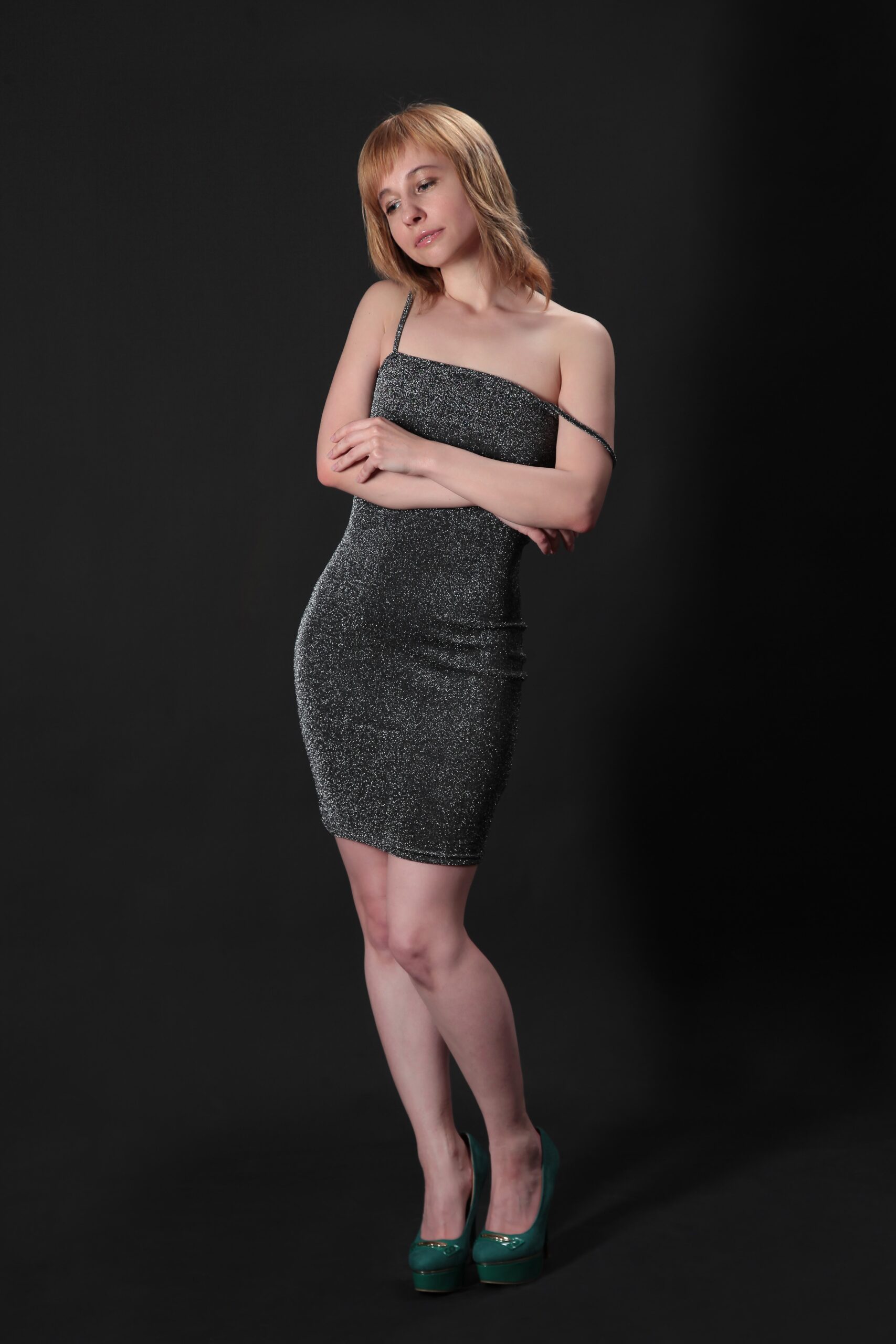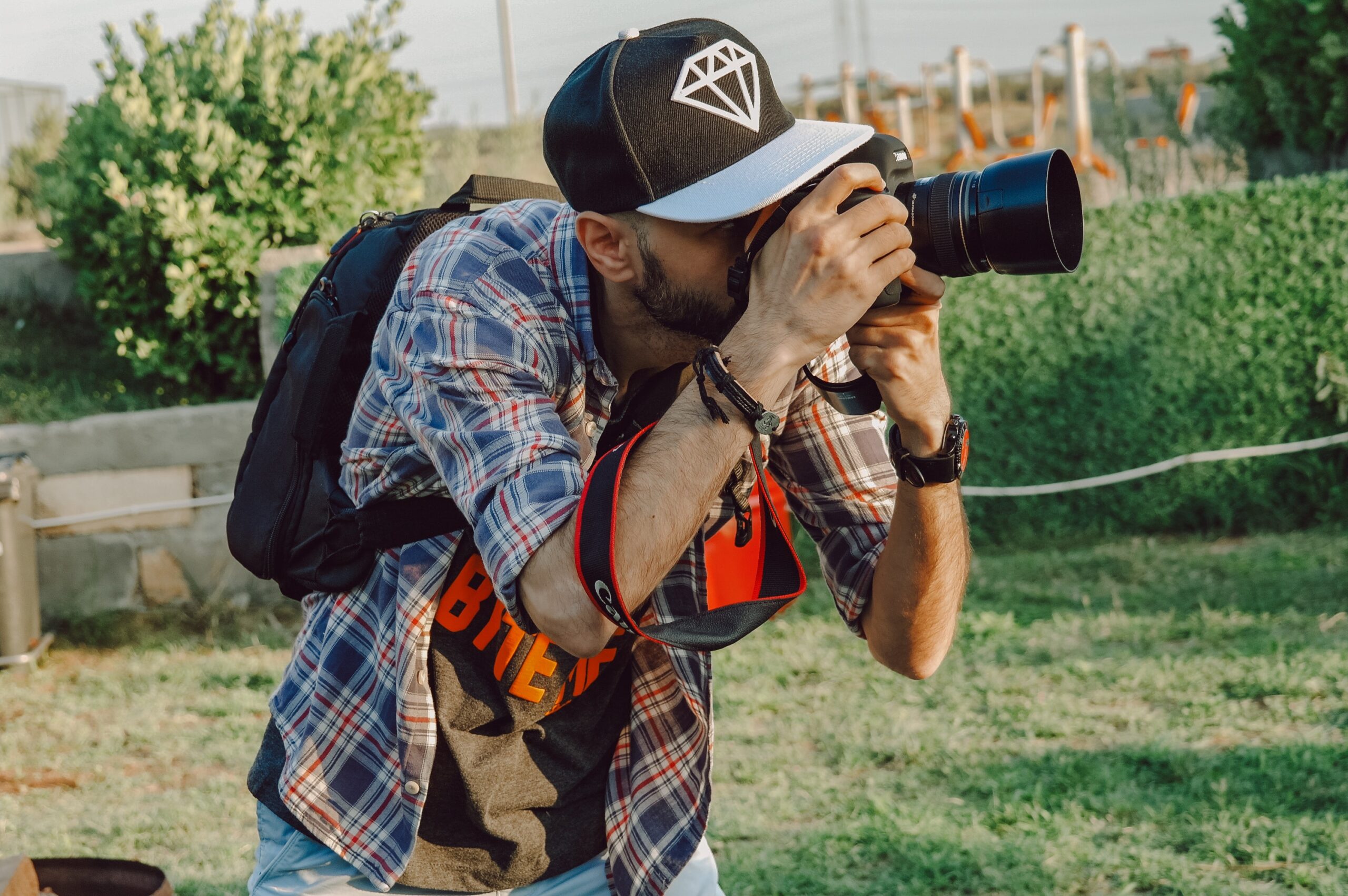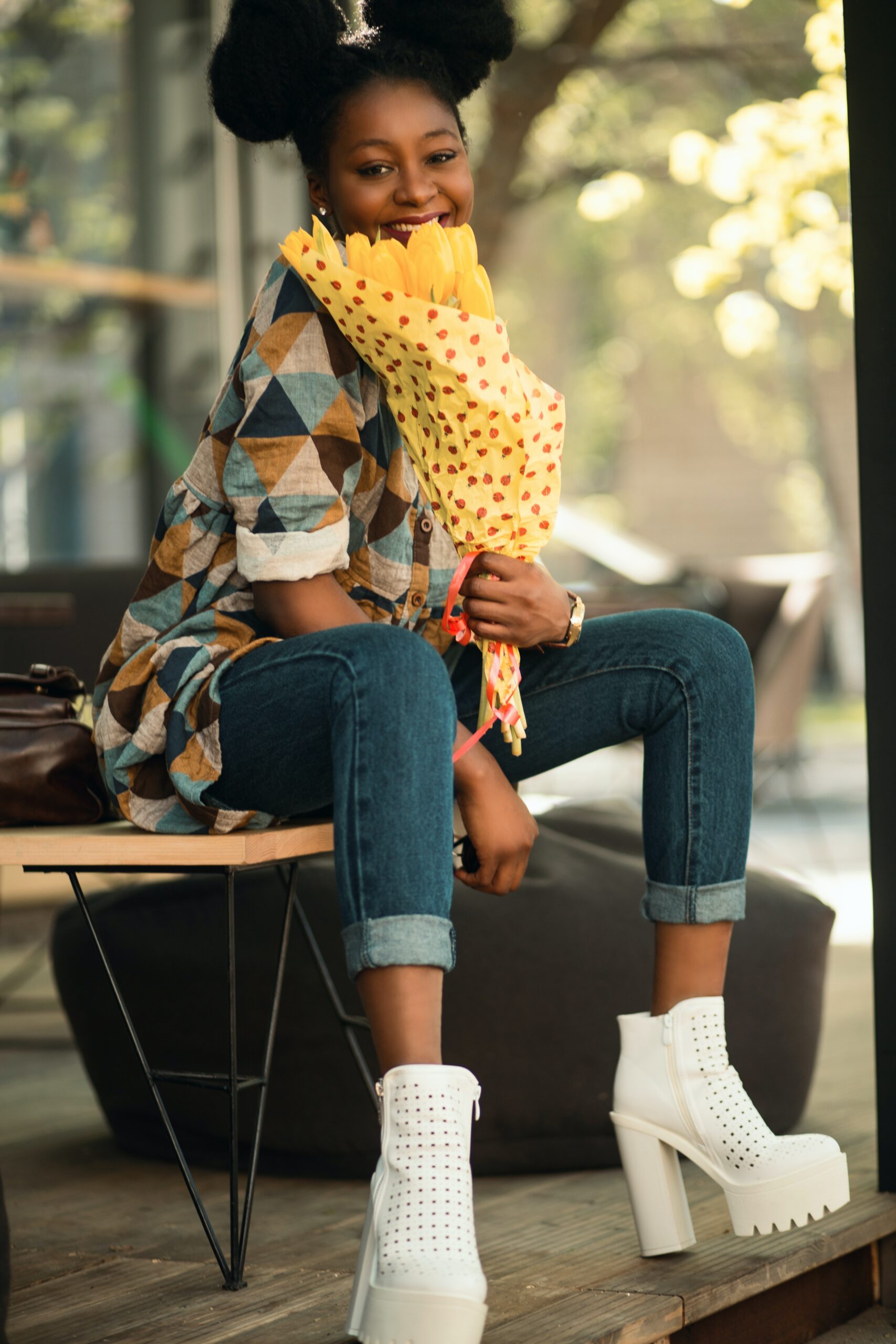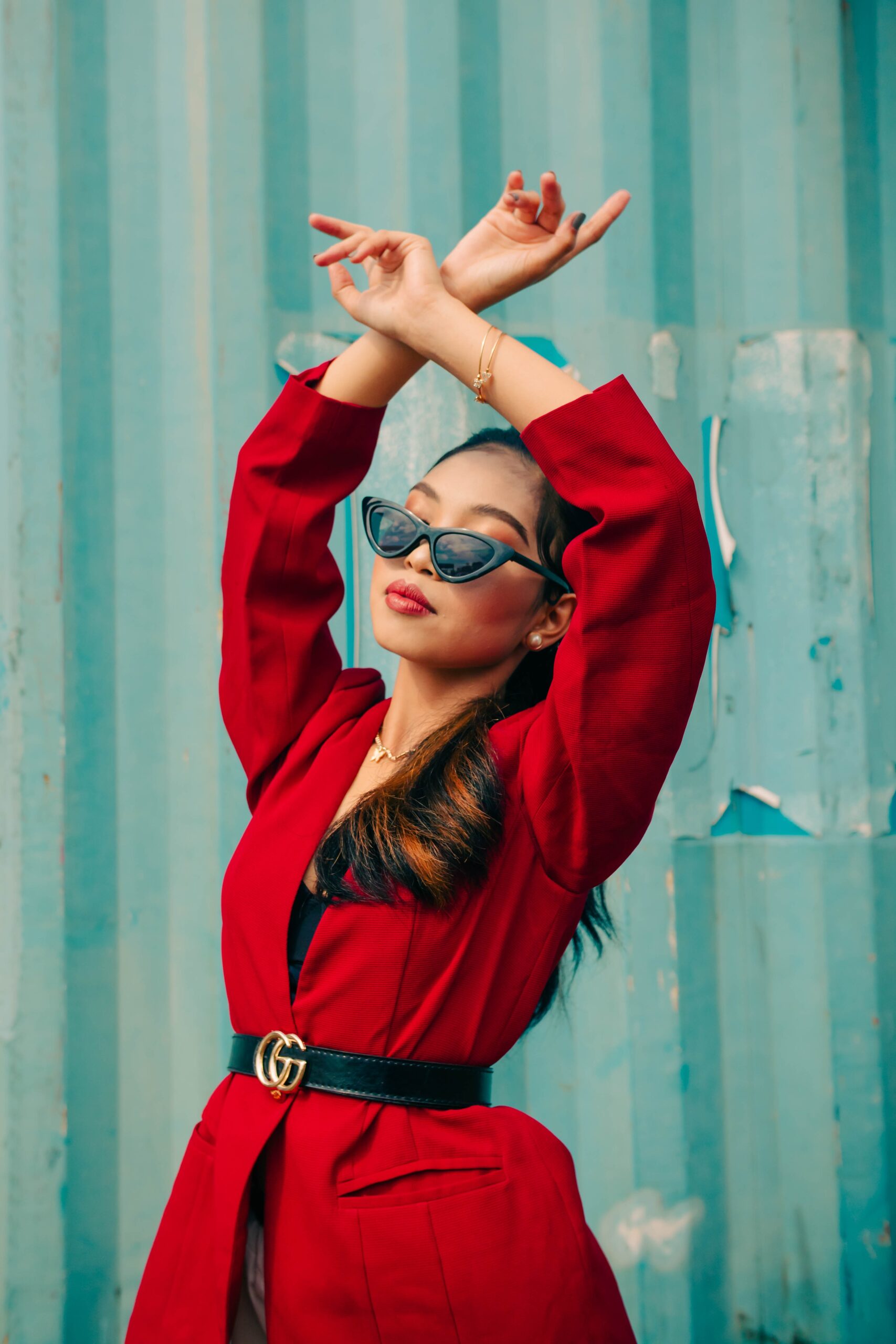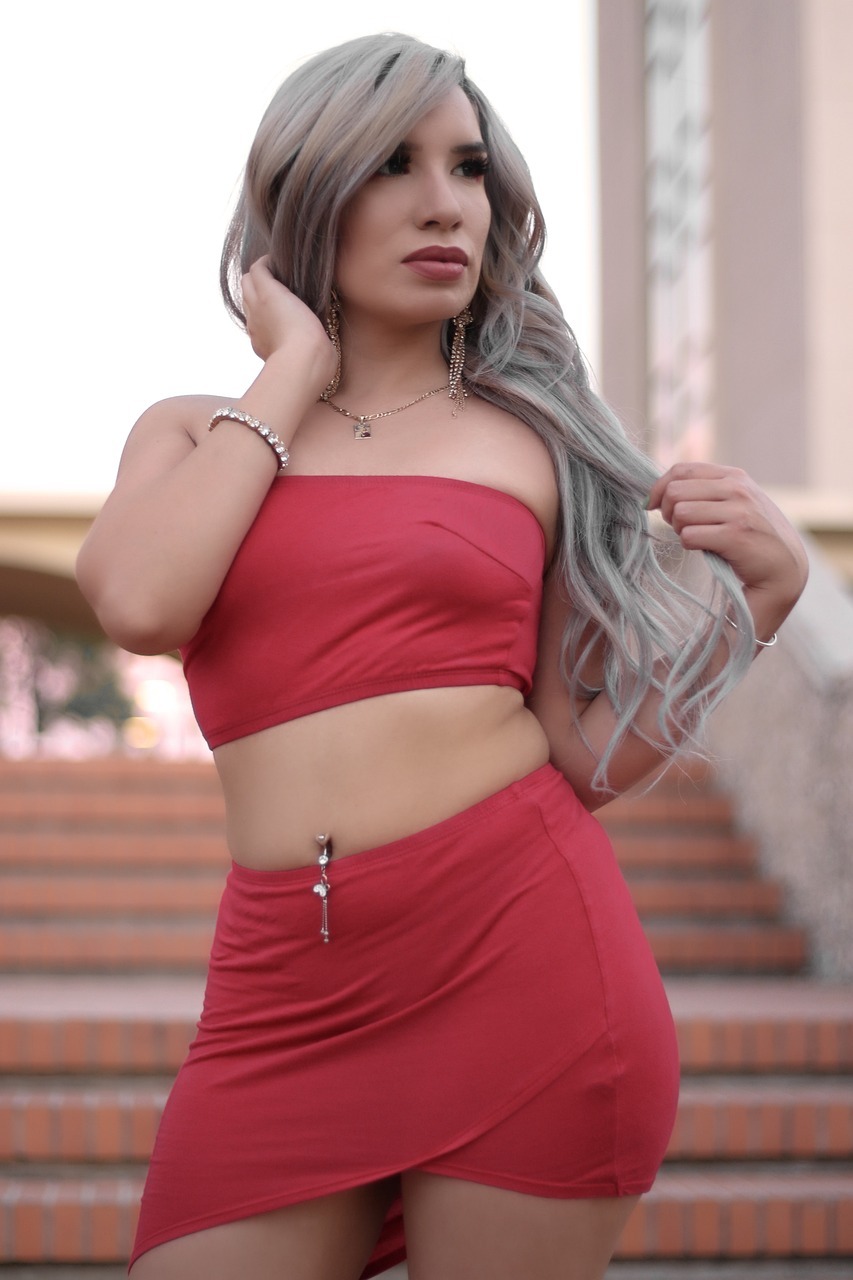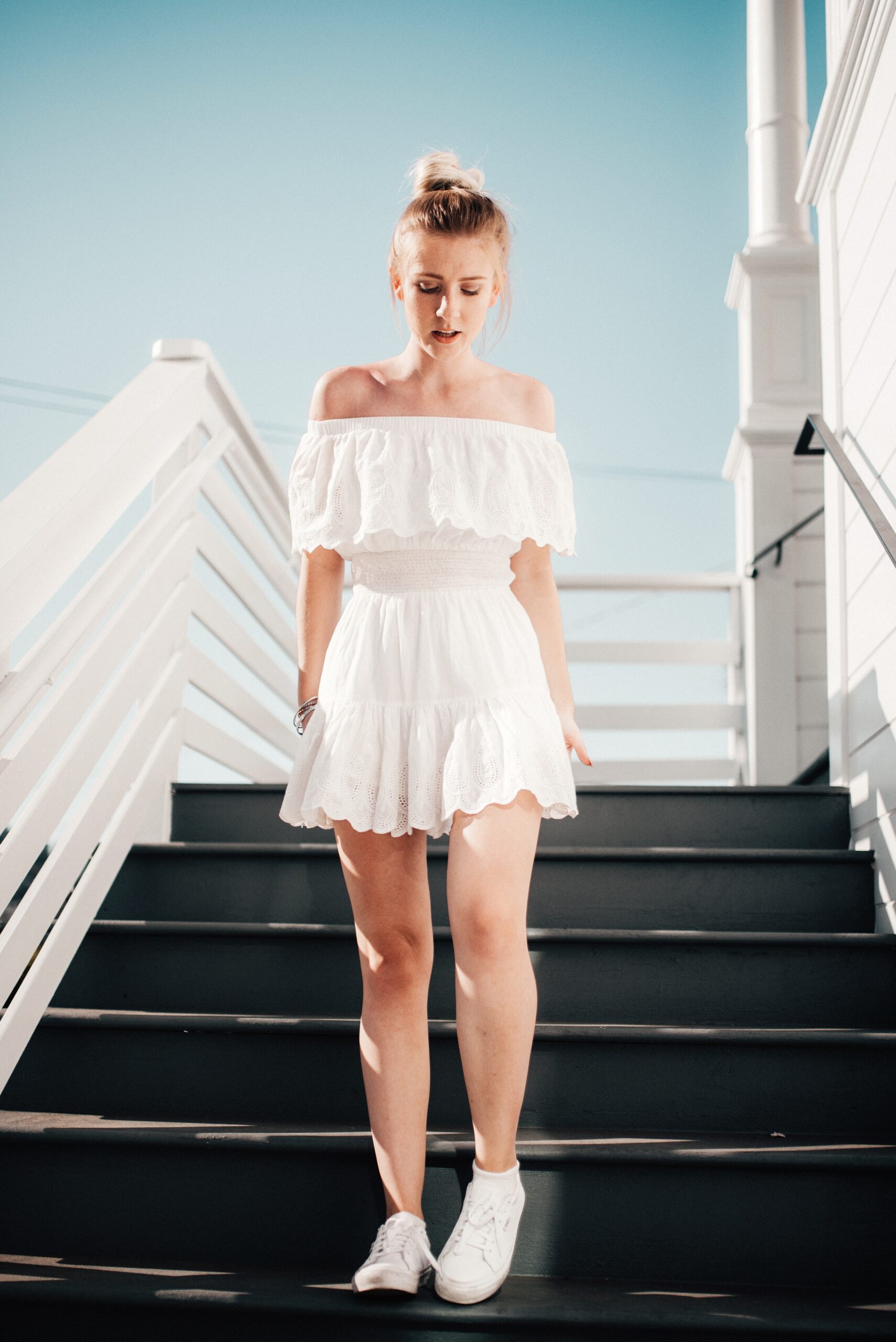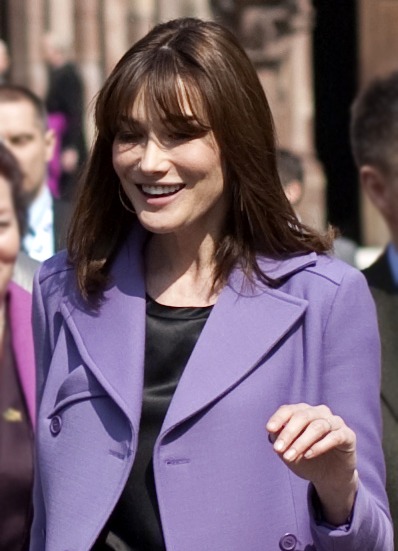Introduction
The 2000s is the time of the millennials; it saw the merger of vintage fashions, global and ethnic apparel, as well as the fashions of several music-based subcultures, which is why the decade is frequently referred to as a “global mash-up” in terms of style. Globalization had a significant impact on the decade’s fashion trends. Additionally, the decade saw a rise in eco-friendly and ethical designs, including recycled garments and faux fur. Many styles from the middle and end of the 1990s were still in style in the early 2000s, giving way to fresher trends. Clothing styles, particularly from the 1960s, 1970s, and 1980s, experienced a general resurrection in the last years of the decade.
The Key Features of the 2000s French Fashion
The cultural and social developments of the 2000s were reflected in the enormous changes and impacts that the French fashion scene underwent during the 2000s. During this era, French fashion coexisted with various styles, such as streetwear and several retro revivals inspired by the 60s, 70s, and 80s trends. Fast fashion, which made trendy apparel accessible to the public, became a trend in France in the 2000s, with names like Zara and H&M becoming well-known.
During this fashion era, a growing emphasis on ethical and sustainable fashion was also given power in France’s fashion industry. Designers and companies started using eco-friendly materials, encouraging fair trade, and spreading knowledge about how the fashion business affects the environment. And as technology rose in the 2000s, fashion blogs and influencers gained popularity, online shopping grew more common, and social media platforms gave designers and businesses a new platform to present their collections and engage with their audience. This part of the article will elaborate on the key features of the 2000s French fashion.
1. Streetwear Fashion
The fashion movement that originated in New York and California influenced France’s streetwear fashion. This fashion sense was influenced by the hip-hop culture and the apparel worn by all skaters, surfers, and participants in other board sports. It is fundamentally the opposite of other fashion movements. It does not only rejects the glamour and glitz of haute couture fashion in favor of comfort. But it also aids in expressing urban culture and the humble beginnings of underprivileged areas of France.
French rappers heavily influenced by the American hip-hop movement served as France’s primary standard-bearers of streetwear. Bullrot is one French streetwear brand worn by famous French rappers such as Don Choa. Royal Wear is another essential streetwear brand that debuted in the 2000s. The brand has grown to include various stylish accessories, such as jewelry. It has supported numerous well-known athletes during their careers, including the Tour de France riders, the French Rugby Team, and particularly Yannick Noah, the iconic French tennis player who won Roland Garros while wearing the Coq Sportif’s colors.
Another famous streetwear brand in the 2000s is Le Coq Sportif and Lacoste, a clothing line with a few choices for everyone and numerous colorful styles. The Lacoste brand was initially made for tennis players, offering classy items symbolic of the French elite. But in the late 1990s and early 2000s: it started to become popular with young, underprivileged suburban “thugs. “It becomes a famous code for youthful, in-vogue, and avant-gardist consumers with its attractive basic, minimalistic patterns in various colors and styles.
Streetwear culture and fashion become inseparable in the 2000s. Streetwear brands coexist on catwalks and at France fashion events with conventional haute-couture brands. Even high-end labels collaborate with streetwear companies, as seen in the most recent Supreme and Louis Vuitton projects. Given the movement’s modest beginnings, the styles have become more.
2. Bohemian Influence
Bohemianism is a way of life, not just a trend in clothing. The radicals of society have always been associated with bohemian fashion. Whether in music or fashion, bohemians have always been on the cutting edge of the creative. Many different countries’ cultural traditions have an impact on the bohemian style. The world’s civilizations are unified by their varied design. As this fashion trend made its way to France, the French adopted a brand-new term, “bobo,” to refer to people who have everything. The phrase is an acronym for bourgeois and bohemian, two social strata that no one ever anticipated to be combined. French Bobos is a fashion style that was less political and more materialistic; it is a mix of the rarest luxuries, middle-class classics, senior citizen string-collecting tactics, and student-style cheap ‘n’ chic. Bobos enjoy almost complete freedom of choice, which money cannot buy.
3. Retro Revival Influence
The retro revival was a notable trend in 2000s France fashion, as designers drew inspiration from past eras and incorporated vintage elements into their contemporary looks. Retro prints were a prominent feature of 2000s France fashion. Polka dots, floral patterns, and geometric motifs reminiscent of past eras found their way onto dresses, blouses, and skirts. These prints added a playful and nostalgic touch to outfits. The power dressing trend made a resurgence during the 2000s; strong shoulders, oversized blazers, bold colors, and statement accessories were also reinvented in the 2000s.
The retro revival in France fashion also highlighted classic tailoring techniques. French designers paid homage to the timeless elegance of past eras by incorporating well-tailored suits, structured coats, and tailored trousers into their collections. This attention to detail and craftsmanship added a refined and sophisticated touch to retro-inspired looks. Accessories also played a significant role in capturing the retro vibe of 2000s France fashion. Wide belts, oversized sunglasses, chunky jewelry, and headscarves were popular choices. Vintage-inspired handbags and shoes, such as Mary Jane pumps and platform sandals, also complemented the overall retro aesthetic.
The retro revival was also reflected in the hairstyles of the 2000s era, especially among women. French women embraced vintage-inspired hairdos, such as beehive updos, loose waves, and shaggy layers. French designers reinterpreted classic items like the Breton striped top, the little black dress, and the trench coat, giving them a modern update while retaining their timeless appeal. The retro revival in 2000s France fashion celebrated the timeless appeal of past eras while infusing contemporary elements. It brought a sense of nostalgia, charm, and individuality to the fashion landscape, showcasing the enduring influence of vintage aesthetics.
4. Fast Fashion
The 2000s saw a considerable impact of fast fashion on France’s style, with several quick fashion firms becoming well-known and changing consumer purchasing patterns. During this fashion era, international fast fashion stores like H&M, Zara, and Mango increased their presence in France. With their quick product turnover and inexpensive pricing, these businesses attracted a sizable consumer base by providing various fashionable, affordable apparel options. The French high-street fashion landscape was dominated by these fast fashion firms. Due to their quick turnaround times, they could offer customers new collections frequently, stimulating a sense of freshness and promoting repurchases. The affordability aspect drew young consumers and those looking to follow the latest trends without going broke.
Delivering trend-focused designs in line with the tastes of their target demographic was the focus of these fast fashion industries. The emergence of fast fashion in France significantly impacted traditional stores because it intensified competition for independent boutiques and mid-range apparel stores. Some conventional merchants found it difficult to compete with their fast fashion rivals’ quick manufacturing and low prices. As fast fashion grew in popularity, worries about its effects on the environment and ethics started to surface. Fast fashion production methods and business models frequently use many resources, hire cheap labor, and produce much waste. This raised people’s awareness of the need for more ethical and environmentally friendly alternatives in the fashion business.
5. Sustainable and Eco-Friendly Materials
As the fashion industry’s negative social and environmental effects came under increasing scrutiny in the 2000s, sustainable fashion began to gain popularity. Although less common and well-known than now, sustainable fashion techniques significantly developed in France in the 2000s. France started to give environmentally friendly products their top priority. As alternatives to traditional materials, the fashion industry started looking into sustainable fibers, including hemp, bamboo, and organic cotton.
In contrast, to fast fashion, slow fashion started to emerge during this era, which promotes mindful consumption and the creation of high-quality, long-lasting clothing. Instead of chasing the latest fads, French designers and consumers began to cherish classic items and invest in well-made, durable apparel. Additionally, due to this era’s emphasis on sustainability, vintage, and used clothing became more popular in France in the 2000s. More people appreciate thrift shops, consignment stores, and internet platforms that sell old clothing.
Numerous partnerships and programs were also launched to encourage sustainability in the fashion sector. Fashion shows, like the Ethical Fashion Show in Paris, showcased firms that produce sustainable and ethical clothing. Collaborations between well-known designers and green firms also aided in spreading awareness and mainstreaming sustainable fashion.
Most Popular France Fashion Trend of the 2000s
In France, the 2000s saw the emergence of numerous significant fashion trends, such as the debut of reality television, the rise of TV personalities and influencer culture, and the emergence of new fashion trends like hip-hop, emo, streetwear, scene, and athleisure. Maximalism and pointless layering characterized the era, which was wild. The 2000s also saw the beginning of fast fashion, with most department stores re-creating their preferred celebrity looks. Here are some of the most popular fashion trends of the Y2K era, not only in France but across the globe.
1. Cargo Pants
Cargo pants are a universal favorite during the 90s because of their simplicity and flexibility. While you might have worn cargo like your favorite skater girl Avril Lavigne in the early 2000s with sweatbands and skate shoes, updated shapes like cropped tops and fitted bodysuits help give a look a modern spin. Cargo pants were fashionable among men and women, drawing inspiration from military and practical fashion.
The popular pairing of cargo pants with t-shirts or hoodies created a carefree and breezy appearance. Some people combined cargo trousers with dressier tops or jackets to create more sophisticated ensembles that combined a casual and sophisticated look. Cargo pants’ popularity in the 2000s can be attributed to their usefulness and adaptability. During the 2000s, numerous international fashion brands created their own renditions of cargo pants due to their success outside of France. While fashion trends change, cargo pants remain a timeless and functional wardrobe essential that is still worn today, demonstrating their enduring popularity.
2. Bandage Dress
When it came to cocktail dresses in the early 2000s, there was only one basic rule: the tighter, the better. Hérve Léger, who became well-known throughout Hollywood for his incredibly sexy shape dresses that were liked by celebrities like Kim Kardashian and Kate Winslet, was the most sought-after bandage dress brand. The bandage dress trend was embraced by celebrities and socialites, and it grew to be associated with red-carpet events and upscale gatherings. Its widespread use was ascribed to its capacity to produce a slick, seductive appearance while offering a structured, feminine fit.
During the 2000s, the bandage dress trend spread outside France and became very popular. The dress was a sought-after fashion item because of its adaptability, which allowed it to be dressed up or down for formal and semi-formal events. Despite changing throughout time, the bandage dress trend is still a recognizable design statement from the 2000s. It continues to have an influence on current fashion trends.
3. Velour Tracksuit
The velour tracksuit was another major fashion trend in France and worldwide in the 2000s because of its affiliation with high-end labels like Juicy Couture. The velour tracksuit was a tried-and-true standard long before athleisure and health goth gained popularity and technical leggings and track trousers were accepted workplace wear. The velour tracksuit was liked for its coziness, plushness, and the relaxed yet elegant vibe it gave off. It became a representation of casual elegance and loungewear and was frequently used as a stylish substitute for conventional sportswear. The velour tracksuit craze was greatly influenced by stars like Paris Hilton, Jennifer Lopez, and Britney Spears, which make it a must-have for stylish people in France and elsewhere.
As the 2000s came to an end, the velour tracksuit trend steadily lost ground in favor of fresh looks. However, its impact on fashion in the 2000s is still felt today, embodying a unique fusion of comfortable casual and opulent aesthetics.
4. Trucker Cap
The trucker cap became an everyday accessory during the Y2K era, these hats, which were distinguished by their front foam panels and mesh back panels, with various designs such as logos of sports teams, brand names, and funny lines, became well-known at the time and was seen as a chic accessory for both men and women. They contributed to a relaxed and effortlessly chic look paired with casual attire like jeans, T-shirts, and sneakers. This accessory is part of streetwear’s growth and pop culture’s impact on the fashion industry. Many people adopted this trend to express their distinctive style and identify with the music and fashion movements of the moment, especially fashion-conscious people in France.
5. Low Rise Denim
Technically, this denim style initially appeared in the 1960s and reappeared in the 1990s, when none other than Kate Moss was seen wearing a pair of dangerously low-rise, crevice-revealing jeans that the late, great Alexander McQueen termed “bumsters.” Following McQueen’s “Dante” collection from 1996, it took a few years for the style to become widely popular, but by the early 2000s, low-rise denim was practically a big hit. This denim style frequently exposed the hips and lower abdomen since it sat below the natural waistline. They were well-known because they reflected the aesthetic of that era, which was young and provocative.
LowriseLow-rise jeans are a trend that French fashion houses and designers have embraced and incorporated into their designs. LowriseLow-rise jeans started to appear often in a range of washes, from dark indigo to distressed and bleached styles. This look was popular for everyday casual wear and more dressed-up outfits for evenings or parties when worn with contemporary tops and accessories.
6. Dress Over Denim
The distinctive 2000s fashion trend, “dress over denim,” featured wearing dresses or tunics over denim pants. It became more fashionable during this time and was perceived as a blend of fancy and casual components. Although this trend was viewed in vogue as the worst trend of the decade, the dress-over-denim look was an advanced styling choice for many fashion enthusiasts. Mini, midi, and maxi dresses of various lengths were worn with trousers or leggings made of denim. This contrast resulted in a distinctive and eye-catching style. Flowy, bohemian-inspired dresses were frequently worn with ripped or faded denim, giving the ensemble an edgy feel.
The dress-over-jeans style was further enhanced by accessories. Wide belts were frequently used to accentuate the waist and provide the outfit with rigidity. Hats, statement necklaces, and scarves were added to the style for a personal touch and to improve the look. Depending on the situation and desired look, footwear options ranged from casual sneakers or boots to heels or sandals. Although the dress-over denim trend of the 2000s peaked in that decade, its influence can still be seen in a variety of modern adaptations and reinterpretations today. It continues to be a nostalgic and distinctive design trend that shows how different styles may be creatively combined to produce unique and eye-catching outfits.
7. Big Belts
During the 2000s, any outfit would only be complete with a broad, wide belt. They were available in woven designs, shiny plastic, and a variety of other styles. Large belts became famous as a fashion trend in France and many other nations during the 2000s. They were frequently used as a fashion statement and to draw attention to the waistline. Fashion-forward people who wanted to create their own distinctive appearances loved big belts, which were shown on runways and featured in designer collections. They were frequently worn with dresses, tunics, baggy tops, or jeans, giving the outfits a bit of glitz and definition. Wide and constructed of leather in some cases, more ornate buckles, studs, or metallic embellishments could be seen in others.
8. Tube and Handkerchief Tops
In the 2000s, tube tops or bandeau tops was another wardrobe that must be seen everywhere, including on the red carpet and at the beach. The adaptability of the barely-there look made it simple to match with maxi dresses in the bohemian style, cargo trousers, and skinny jeans. They were popular among young women and were included in a party or casual ensembles. Paris Hilton, Britney Spears, Christina Aguilera, and other pop stars of the era frequently wore tube tops, contributing to their popularity. They were usually worn with jackets, cardigans, or boleros to create a layered look.
9. UGGS Boots
In the 2000s, UGG boots significantly increased in popularity in France and around the world because of their unusual style and sheepskin interior. UGGs immediately gained popularity among many fashion-conscious people as a must-have item. UGG boots were especially popular with women and young girls. They were frequently paired with skirts, leggings, or thin jeans to give off a carefree and easy vibe. Due to their adaptability, UGGs might be worn with a variety of outfits, from more casual to more formal ones.
10. Pirate-Inspired Hemlines
Another niche fashion trend that emerged in the early 2000s is handkerchief silhouettes. People drew design cues from Captain Jack Sparrow and his crew because Pirates of the Caribbean is considered one of the best movies of the 2000s. This fashion trend, also known as “Pirate Hemlines” or “Pirate Inspired Hemlines,” had components evoking the swashbuckling look associated with pirates in both history and popular culture. Asymmetrical and unruly hemlines were a defining feature of the pirate-inspired hemlines trend, which appeared on blouses, dresses, and skirts alike. These hemlines frequently had jagged, layered, and irregular lengths, evoking the ripped sails of pirate ships or their tough clothing. In France in the 2000s, the fad for pirate-inspired hemlines was a component of a more significant interest in historical and fantastical themes in apparel. It enabled people to embrace a rebellious yet romantic aesthetic and harness their inner adventurous spirit. Although the style may not have been widely popular, it was welcomed by fashion lovers, members of alternative cultures, and people looking for a unique and outlandish appearance.
French Fashion Icons of the 2000s
French fashion pioneers of the 2000s significantly impacted how people dress today. The 2000s is an eventful decade for the fashion industry. The Y2K is the beginning of the contemporary era of the twenty-first century, and fashion has drastically changed since then. While the French maintained a far more traditional look, the Americans grabbed for their popcorn shirts and terry fabric tracksuits. Here is the French fashion influencer from the 2000s that significantly impacted the fashion industry.
1. Carla Bruni
She is an Italian French model in the 2000s who made a big impression on the global fashion scene. Women across the world aspired to have her lovely looks. At age 19, she began modeling. Her first significant job was promoting pants for the apparel brand Guess. After then, she rose to prominence in the fashion industry. She inspired fashion and rose to fame in France and abroad as a symbol of sophistication and elegance. In the 2000s, Carla Bruni’s clothing epitomized ageless elegance, a minimalist aesthetic, and a casually cool look. She became a fashion star and had an impact on trends at the time because of her sophisticated and polished sense of style.
2. Marion Cotillard
Oscar-winning French actress Marion Cotillard had everyone swooning over her stylish French aesthetic. Cotillard’s style changed during the 2000s, according to the prevailing inspirations and trends. She inspired fashion and rose to fame both in France and abroad as a symbol of sophistication and elegance. In the 2000s, Marion Cotillard frequently wore outfits with a timeless, elegant feel. She preferred classic cuts like A-line or column dresses and fitted suits. Her attire enhanced her sophisticated appearance by showcasing exquisite craftsmanship and attention to detail. In the 2000s, Carla Bruni’s clothing epitomized ageless elegance, a minimalist aesthetic, and a casually cool look. She became a fashion star and had an impact on trends at the time because of her sophisticated and polished sense of style.
3. Ines De la Fressange
French model Inès de la Fressange gave fashion experts a timeless, simple-to-copy French style. She achieved notable success as a model, a perfume specialist, and an aristocrat. She became incredibly well-known worldwide in 1998 after being inducted into the International Best Dressed List Hall of Fame. She was dubbed “the talking mannequin” at age 17 due to her flawless figure and articulate remarks on fashion. Her name and brand became well-known in France, the United States, and Japan. Ines de la Fressange worked with numerous fashion houses and designers in the 2000s to produce collections that showed her classy and timeless taste. Her designs frequently included standard components, like fitted blazers, high-waisted pants, and feminine gowns. Ines was renowned for her ability to create stylish and valuable costumes by fusing simplicity with grace.
4. Caroline De Maigret
The anti-fashion French model Caroline de Maigret taught many fashion enthusiasts how to perform French rocker chic and experiment with macho fashion. French model, author, and music producer Caroline de Maigret rose to fame in the 2000s. She served as the inspiration for many well-known fashion designers. She had a significant impact on the development of the French fashion scene at the time. She adopted a relaxed, carefree demeanor while still projecting an image of refinement. Caroline de Maigret is an accomplished lady who has worked as an international model, music producer, and author. She also did some acting and directing later in her career. Caroline is the daughter of a French count. When she enrolled in college, her potential as a model was identified. To participate in major fashion shows like Dior, Balenciaga, Louis Vuitton, Chanel, and other brands, she was signed by Next Model Management in New York City. She started her record label when she got back to Paris.
5. Vanessa Paradis
French singer-songwriter Vanessa Chantal Paradis had flawless style when she was at the top of her game in the 1990s and early 2000s. She began her career as a child star and is now a well-known actress, singer, and model. Paradis continued exhibiting her distinctive and diverse sense of style in the 2000s, fusing class with a bohemian flair. She loved fine, elegant clothing that was simple and well-tailored. Paradis was renowned for elegantly combining traditional aspects with contemporary components. She added pieces to her wardrobe, including flowy maxi skirts, baggy blouses, and hats with large brims. She adopted a free-spirited look with a nod to retro style.
Conclusion
France contributed significantly to the global fashion business in the 2000s. France, which has a long history in fashion and is home to many great luxurious fashion companies, has continued to shape trends and define class and refinement through the Y2K era. With renowned fashion houses like Chanel, Dior, Givenchy, and Jean Paul Gaultier leading the way, France remained the heart of haute couture. Early in the new millennium, minimalism and futuristic designs became more popular.
The 2000s saw the emergence of streetwear in the fashion world. This blend of luxury and street flair impacted the fashion world, although, French design continues to be associated with sophistication and elegance. It was all about effortless, modest outfits with premium materials, flawless craftsmanship, and timeless silhouettes. France’s fashion sector generally showed off its mastery of artistry, inventiveness, and refinement in the 2000s.


